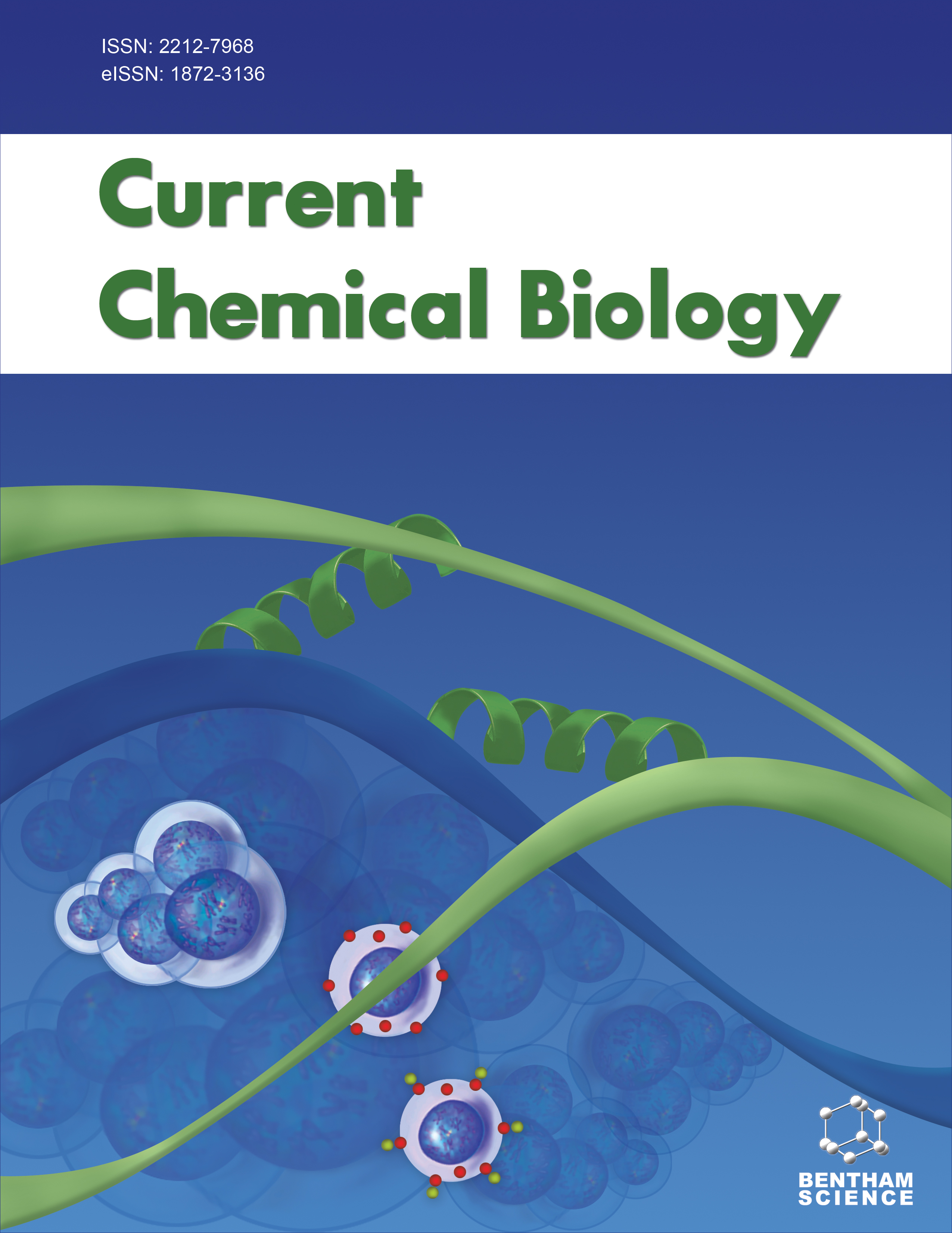
Full text loading...
We use cookies to track usage and preferences.I Understand
Gallic acid (GA), a natural phenolic acid, has been reported as an antitumor agent in various cancer cells. Although some mechanisms, such as apoptosis, are well known, the details of other mechanisms, such as their pro-oxidant and autophagy activity, are still considerable.
The pro-oxidative activity and anti-proliferative activity of GA on HEK 293 and HepG2 cells were measured in the absence and presence of exogenous Cu (II) and Fe (II). Furthermore, colony forming, ROS generation, apoptosis induction, autophagy and mitochondrial membrane potential (MMP) were examined.
HepG2 cells treated with GA + Cu (II) significantly reduced cell viability (p <0.001). GA +Cu (II) induced morphological changes in HepG2 cells and stimulated apoptotic cell death. Moreover, GA +Cu (II) triggered the mitochondrial-dependent apoptotic pathway by increasing intracellular ROS levels and disrupting MMP. Furthermore, GA+ Cu (II) significantly reduced the Plating Efficiency and Surviving Fraction while increasing autophagic vacuoles in the HepG2 cells.
According to our results, GA played a pro-oxidant role in the presence of Cu (II), triggered apoptosis by increased ROS and disruption of MMP. This combination also induced autophagy in HepG2. These effects hold promise for future anticancer research.

Article metrics loading...

Full text loading...
References


Data & Media loading...

